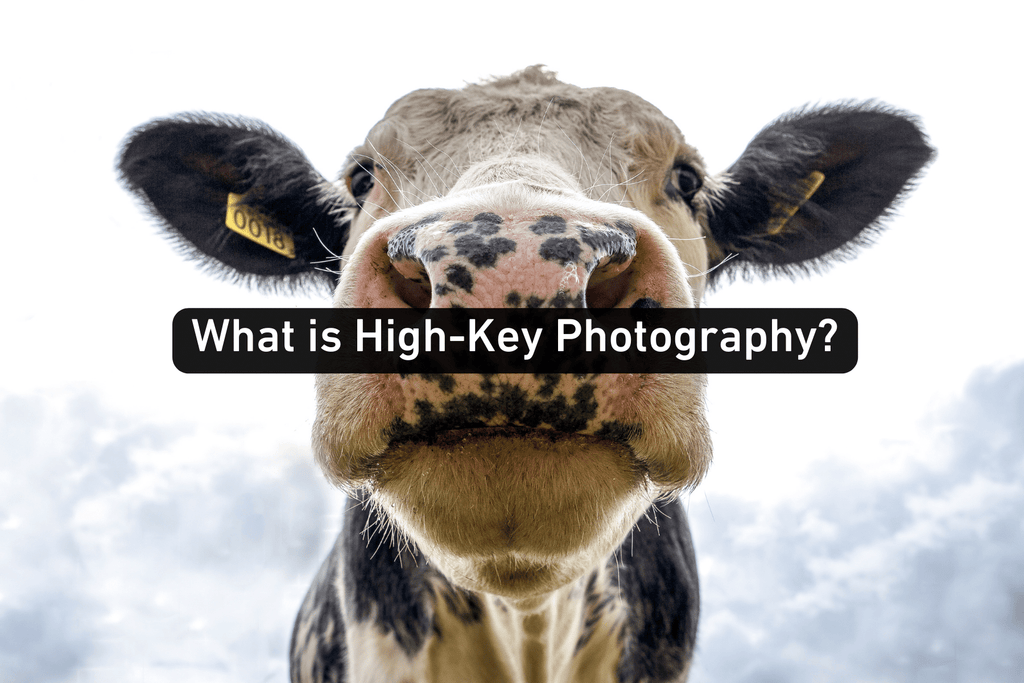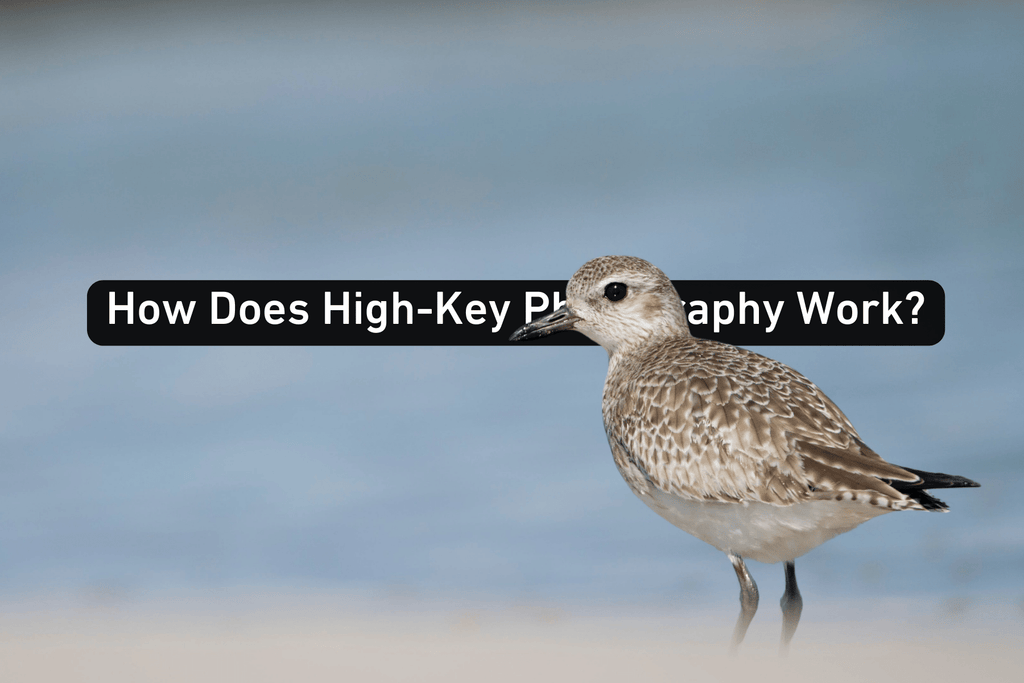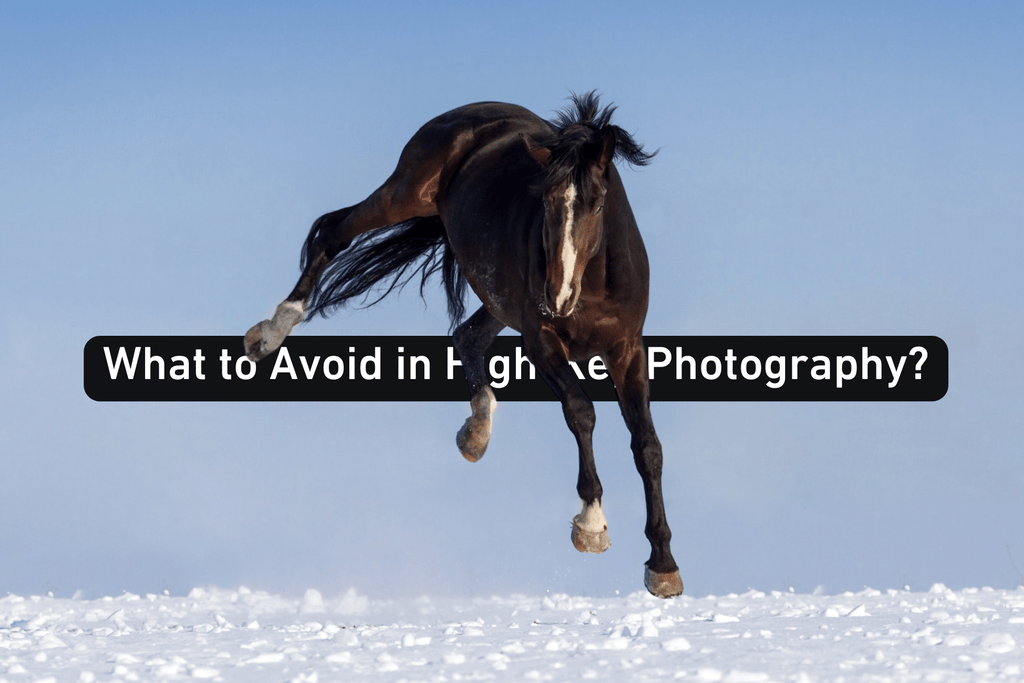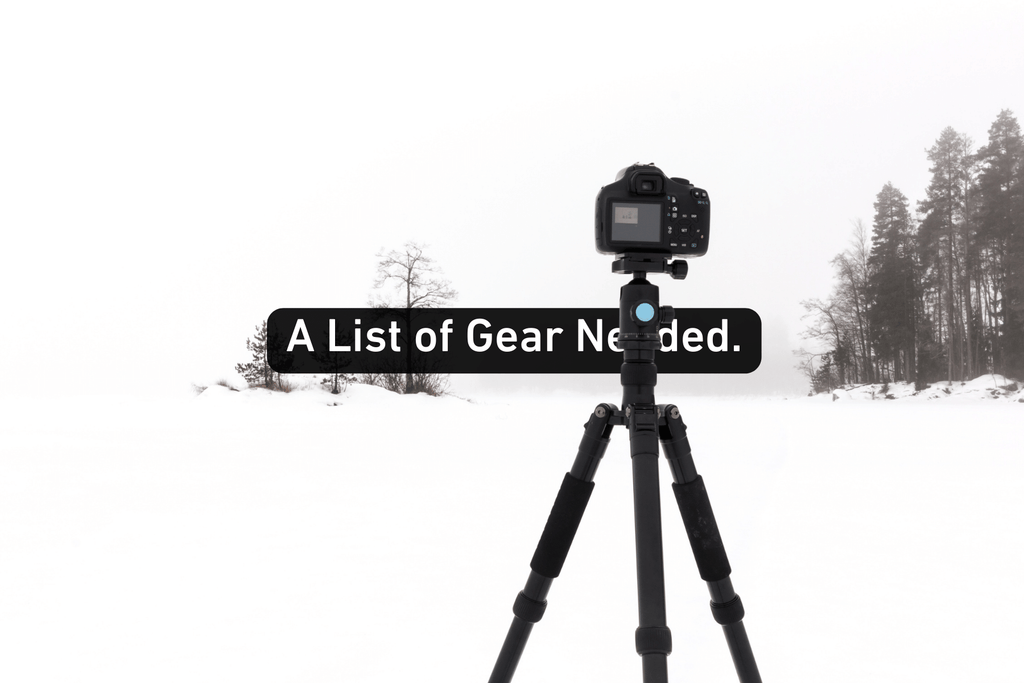HELLO! – That's the text equivalent of High-Key Photography… Bright and cheerful. It's an exciting technique that needs to be known by every photographer because it can transform ordinary photo situations into ethereal, dreamlike photographs that stand the test of time.
If you're beginning to glow by what you're reading, you're in for a treat! In this detailed guide/blog, we'll examine what high-key photography is, how it works, and its benefits. I'll even offer you some essential tips to get started. That's worth the price of admission.
High-Key Photography: Creating Bright and Airy Images:
What is high-key photography?
How does high-key photography work?
What does high-key photography do?
What to aim for in high-key photography?
What to avoid in high-key photography?
A list of gear needed for high-key photography.

What is High-Key Photography?
High-key photography is defined by bright, luminous images with fewer shadows and, by and large, a lighter color palette. Simply speaking, it's all about flooding your scenario with light to create a soft, glowing environment/atmosphere. Think of it like trying to capture the vibe of a bright, sunny day. Makes sense why they call it "high-key," right?
High-key photography is defined by bright, luminous images with fewer shadows and, by and large, a lighter color palette.

How Does High-Key Photography Work?
To do High-Key photography correctly, you should familiarize yourself with lighting in general and the equipment used to execute high-key lighting setups. Convention logic says that shadows add depth and drama in photographs, so the high-key style goes against the grain, seeking to eliminate shadows altogether. It's better to know the rules before you break them.
Convention logic says that shadows add depth and drama in photographs, so the high-key style goes against the grain, seeking to eliminate shadows altogether.
Also, high-key needs more light, requiring enough illumination to blast out the shadows. This is often achieved through a combination of natural light and studio lighting. You can use them separately or together to get the amount of light you need. The trick is to somehow balance this method so it doesn't feel like the subject is "overlit" but is in a naturally bright environment.

What Does High-Key Photography Do?
High-key photography helps you achieve several goals throughout your photography journey:
Create Mood
High-key images create a deep and powerful sense of lightness and positivity, making them perfect for capturing joyful moments, like a wedding, baby shower, family gathering, or even corporate photography.
Make Details Standout by Highlighting Them
When you remove shadows, you can get a closer look at the finer details within your photograph. No matter what you're shooting, a person, object, or landscape, showing people the rich details of those subjects makes the image more experiential.
Aesthetics
Usually, if your whole image is sharply visible in a nice, bright light, the backdrop is as interesting as the main subject. So, High-Key lighting is a great way to add sophistication to your picture, making it a pleasant experience when viewed.
It's Creative
High-key photography offers ample opportunities to express yourself creatively (remember, it's not just about blasting light, but motivating it correctly), allowing you to experiment like a scientist in a laboratory. Play with light and composition, making your high-key lighting part of your ultimate vision.

What to Aim For in High-Key Photography?
Even Lighting
Attempt to uniform your lighting technique across your scene to minimize shadows and create a soft, diffused light. Avoid harsh contrasts, overly bright/dark areas, or "spots" that could pull the viewer out of the photo's vibe.
Balanced Exposure
Yes, high-key means bright but not overexposed. Like a pro, achieving the correct exposure is a massive part of high-key photography. You want a well-balanced, properly exposed image with bright highlights and subtle tones. Overexposing can wash out your beloved details and can result in a loss of clarity overall.
Related article: What is the Exposure Triangle — Aperture, ISO & Shutter Speed
Nice Compositions
Pay close attention to composition elements. Things like framing, symmetry, and leading lines create high-quality high-key images. Try different angles and points of view to find the most essential composition that high-key lighting will help enhance.
Emotional Impact
Photography is partly psychological, like all art forms. Embed your high-key images with emotion and meaning to engage viewers on a deeper level. Capture that candid smile or that sweet moment. Striving to pull emotion from the viewer as an emotional response through your photography is the most outstanding achievement.
Related article: The Psychology of Photography

What to Avoid in High-Key Photography?
Shadows
High-key photography is all about soft, even lighting, so do your best to remove harsh shadows that can screw up that dreamy atmosphere you've got cooking. Use diffusers or reflectors to create a more even light, which will help fill those dark corners.
Related article: Tips for Shooting Midday Photos
Overexposure
Again, balance your exposure. Bright and even don't mean overexposed. Watch for white textures in your shots, which may turn into hot spots.
Messy Backgrounds
Since you have a more even light in High-Key Photography, one of the drawbacks is you end up with less depth in your pictures. You experience everything as a whole, so keep your backgrounds uncluttered. This will help to maintain focus on where you want your viewer to look, the main subject.
Bad Compositions
Like always, a good composition is the building block of a great photo. If you know you want to use the high-key method, try to find composition that complement that technique so you're not working at cross purposes.

A List of Gear Needed for High-Key Photography.
Camera: Any modern digital camera with manual control settings is ready.
Lens: A Fast one, if possible. A lens with a wide aperture (f/2.8 or lower).
Softbox: Large softboxes help diffuse light evenly, reducing harsh shadows.
Umbrella: A shoot-through or reflective umbrella can also soften light.
Continuous Lighting: LED panels or studio strobes provide consistent lighting for high-key setups.
Light Stands: Sturdy stands to support your lighting equipment and modifiers. Safety first!
Reflector: White or silver reflectors bounce light back onto your subject, reducing shadows and increasing brightness.
Background: A seamless white backdrop keeps your images uncluttered and beautifully high-key-ready.
Tripod: Just always, common!
In Conclusion
High-key photography is famous for a reason. It's beautiful and absorbing and allows a lot of room for photographers to express themselves through their images. Get the right gear, experiment often, don't overexpose, and choose situations where high-key lighting has a maximized effect, and you'll be as bright as a lovely high-key setup. Try to be as enthusiastic as your pictures!
Related article: Beginner’s Guide to High Contrast Photography
Related article: Camera Settings for Bright Sunlight
Related article: How to Take a Photo With a Blurred Background?
Related article: Capturing Motion: A Guide to Achieving Stunning Motion Blur
Related article: How to Shoot Portrait Photography with a Low-key Lighting Setup?












